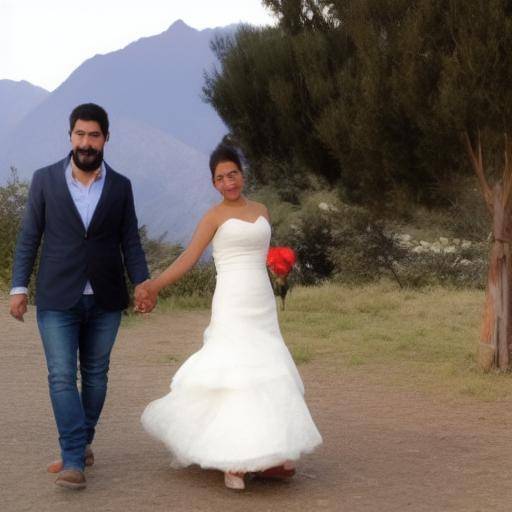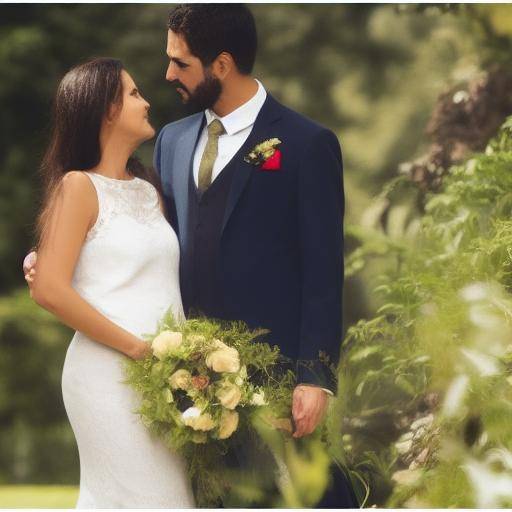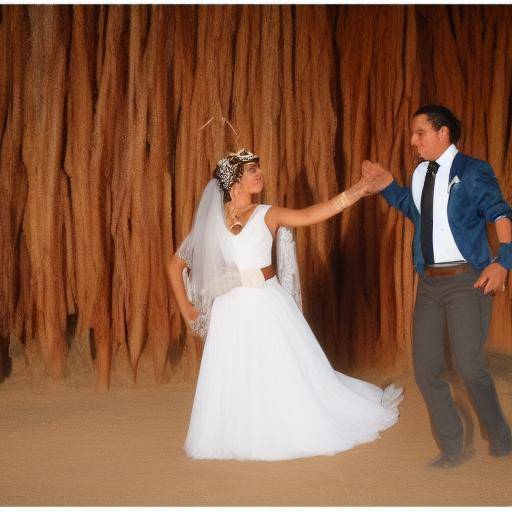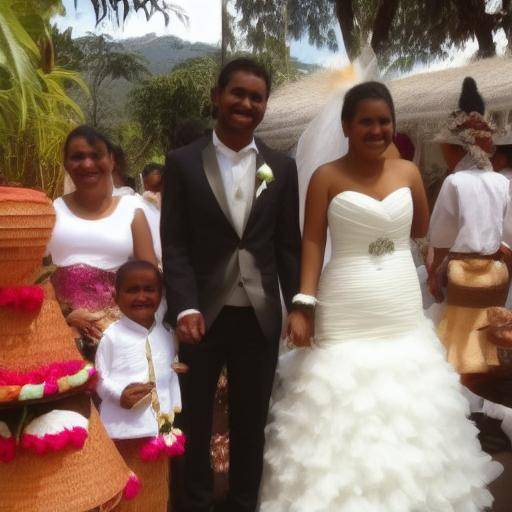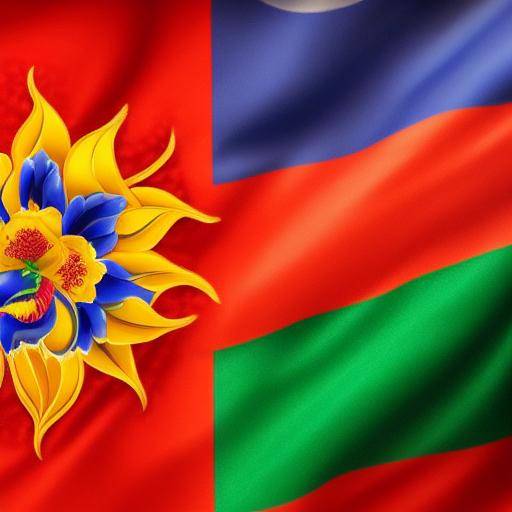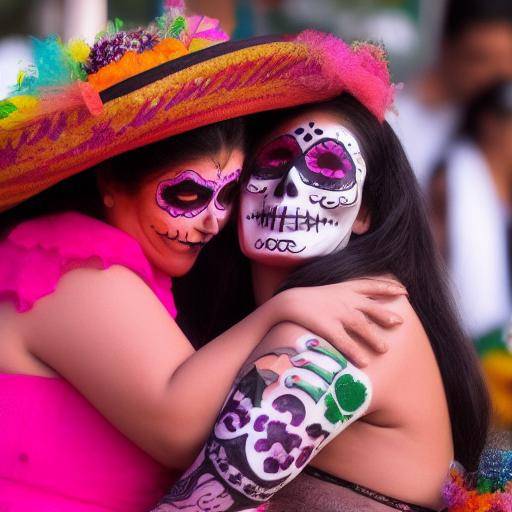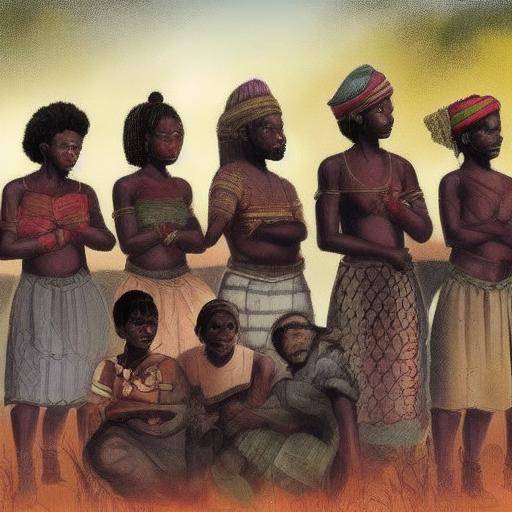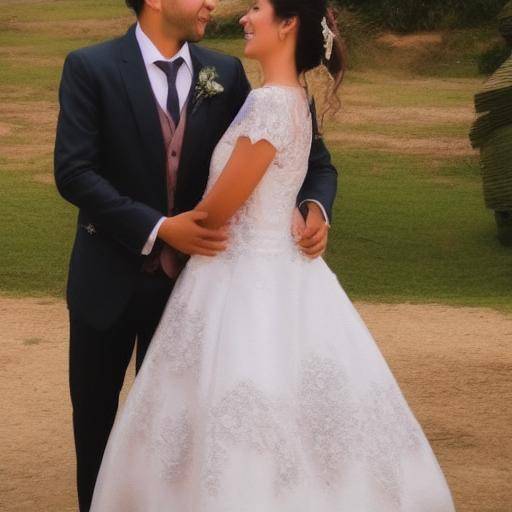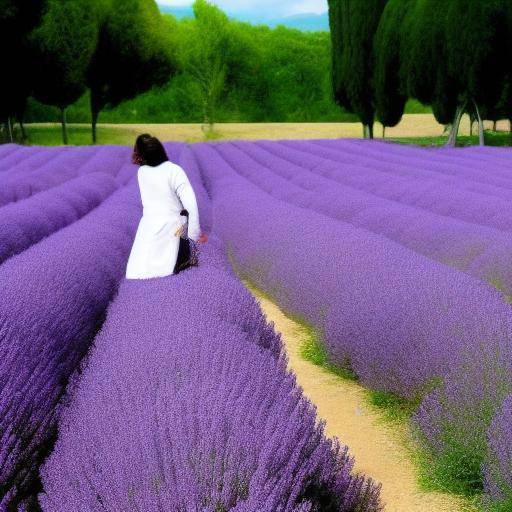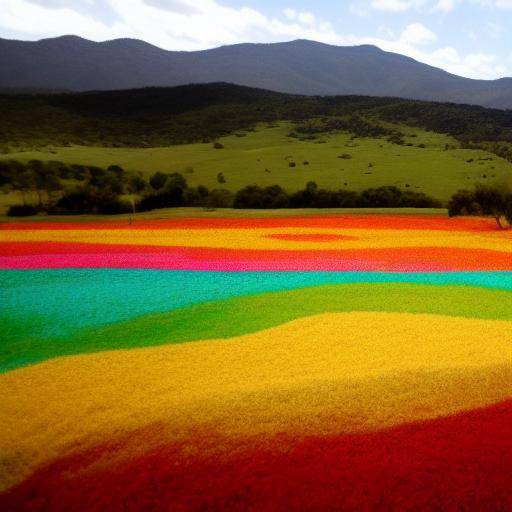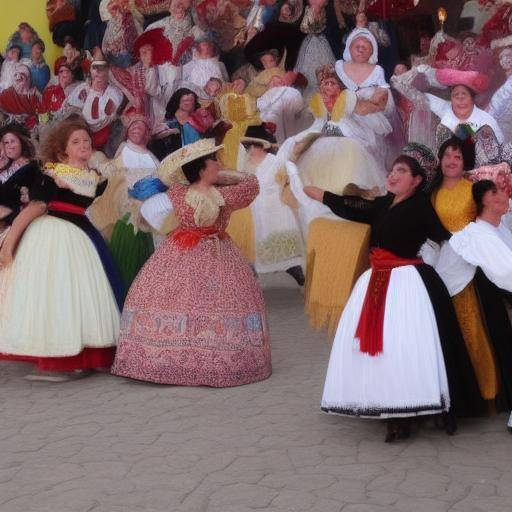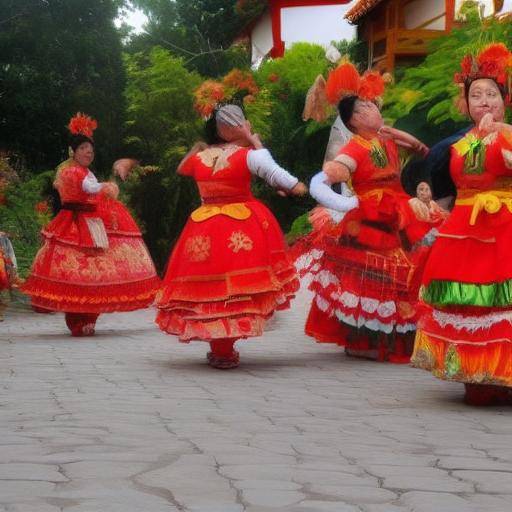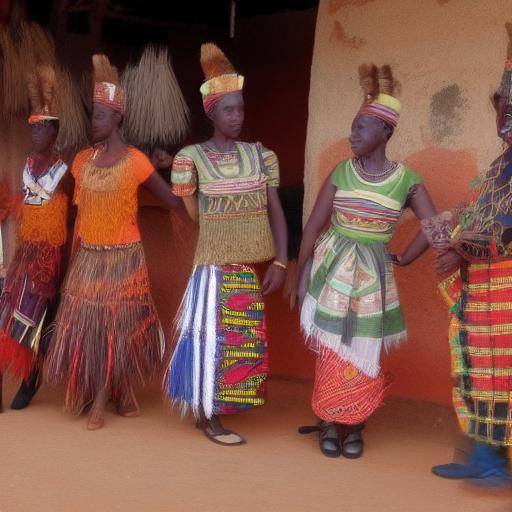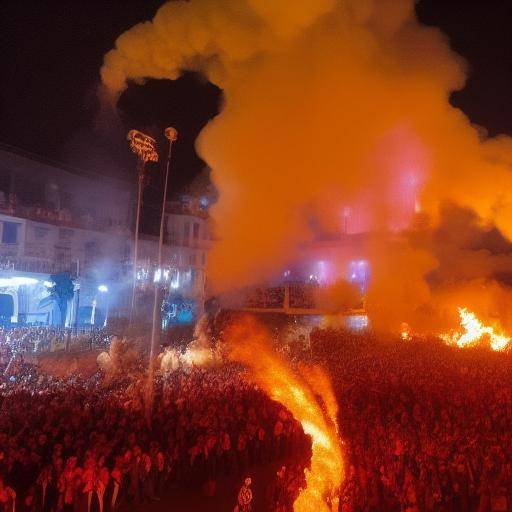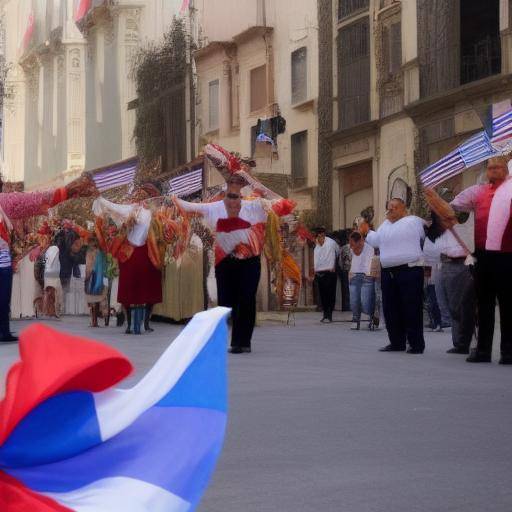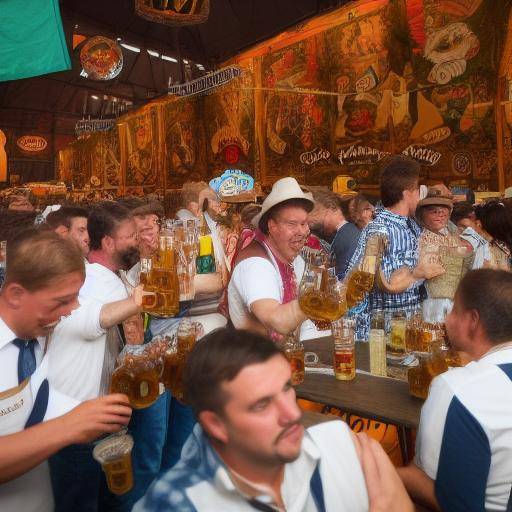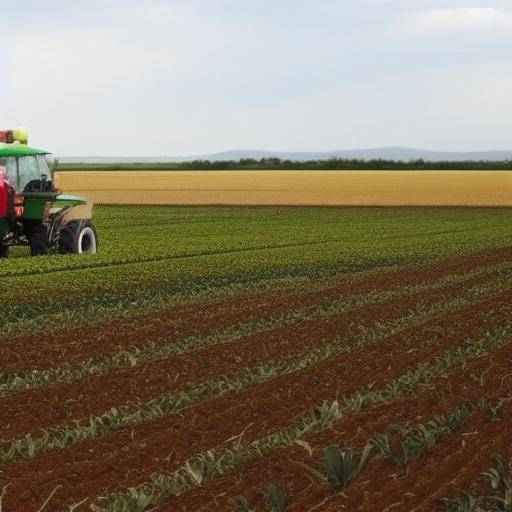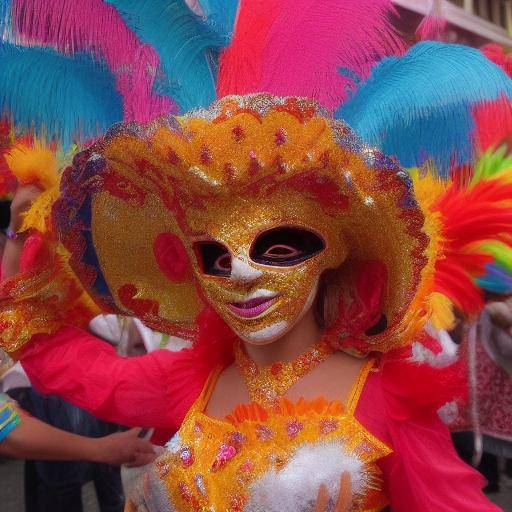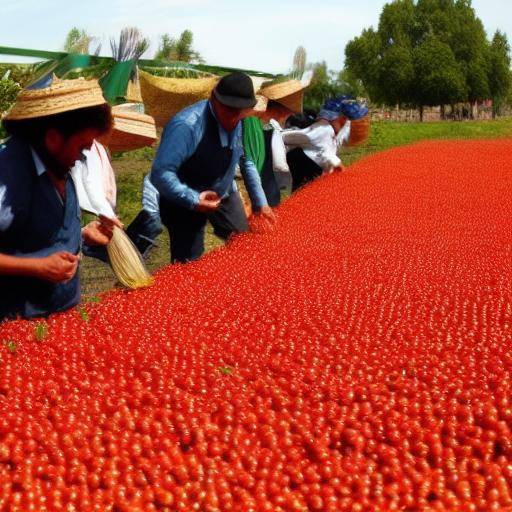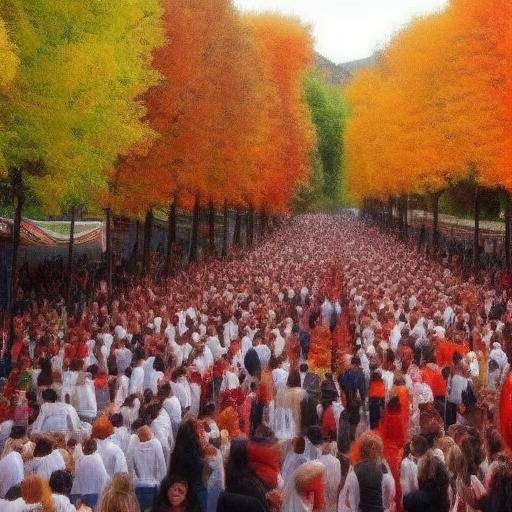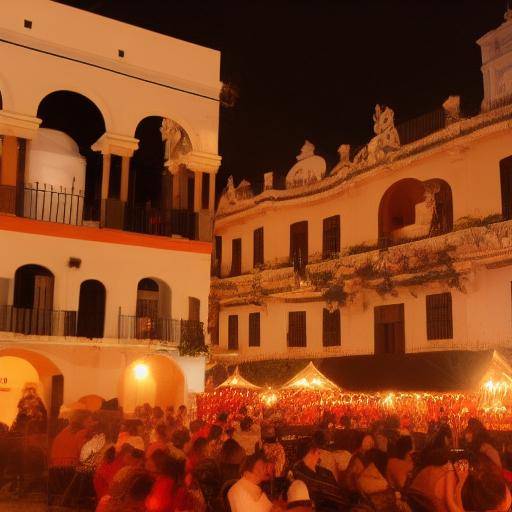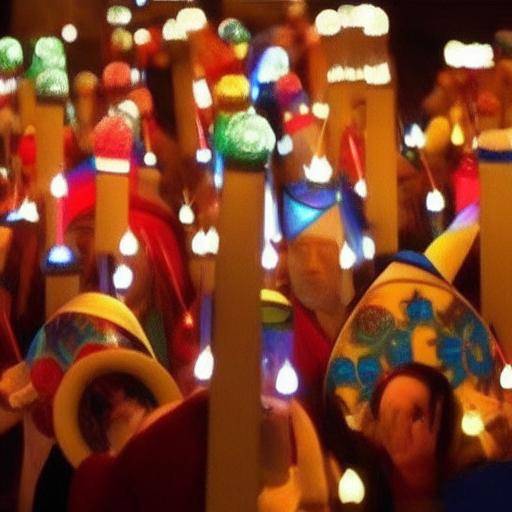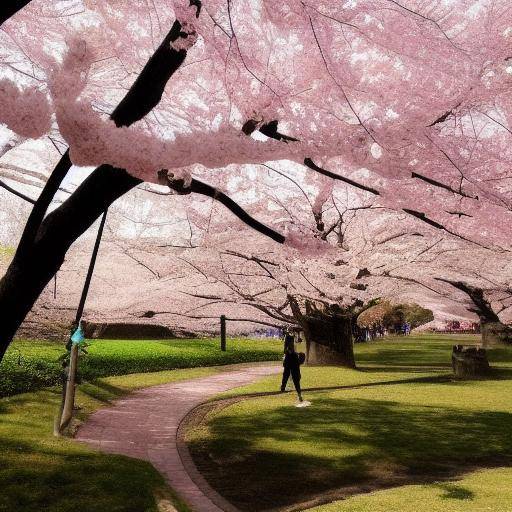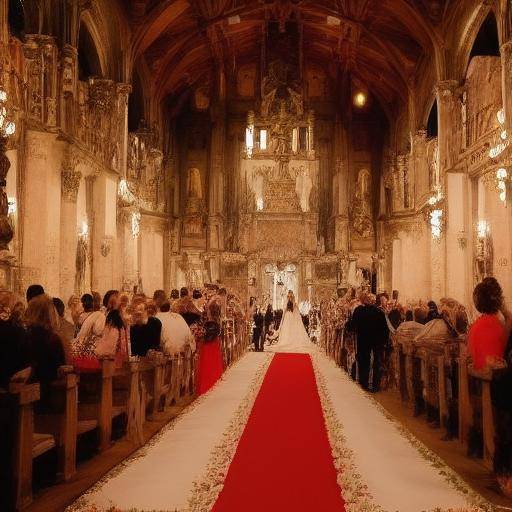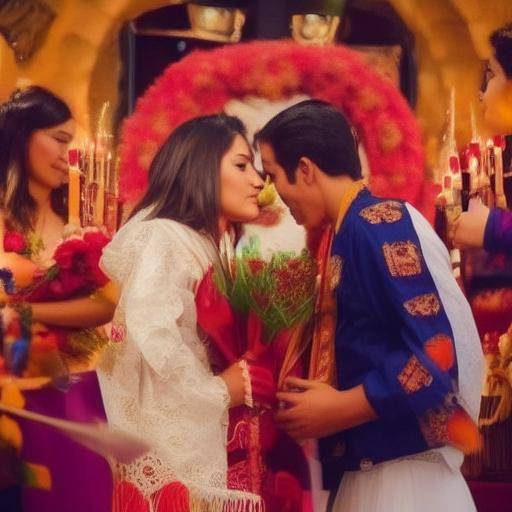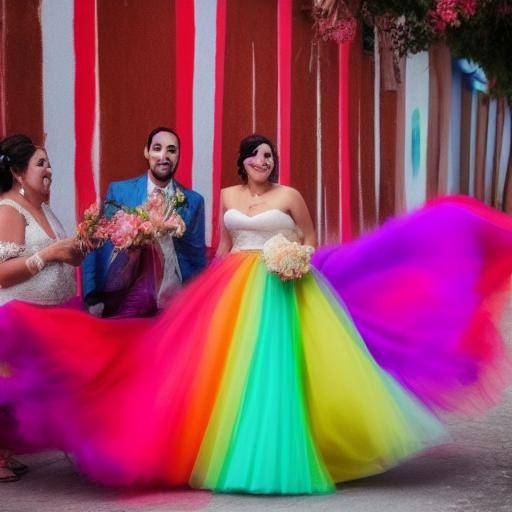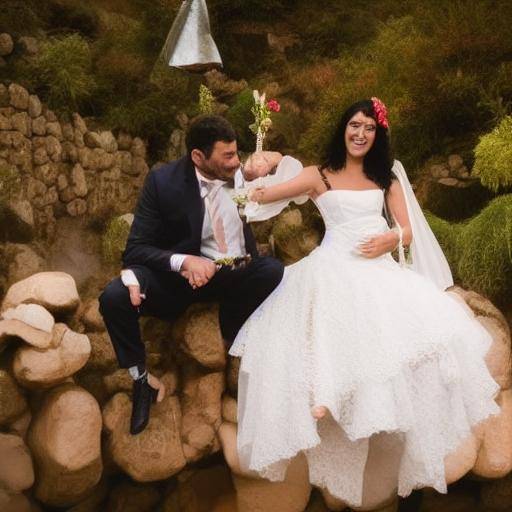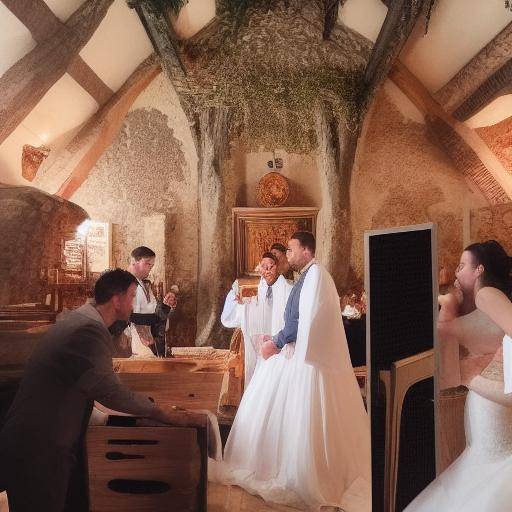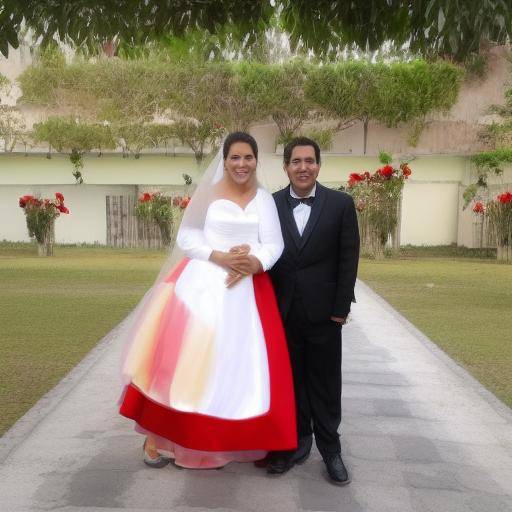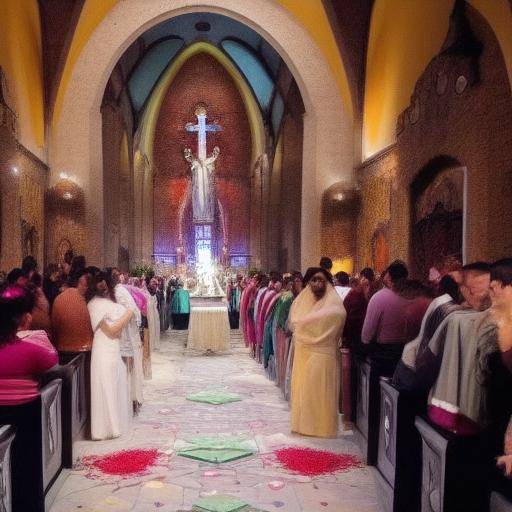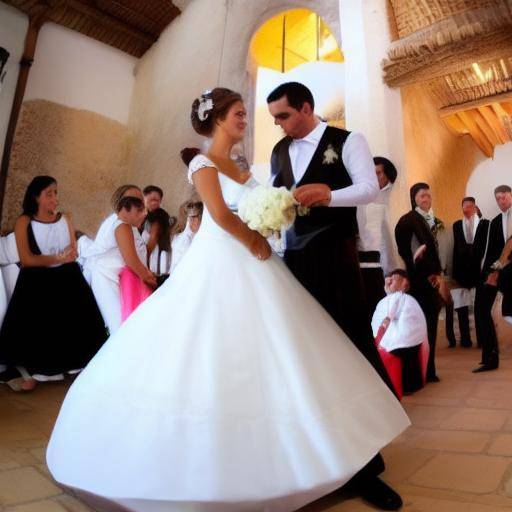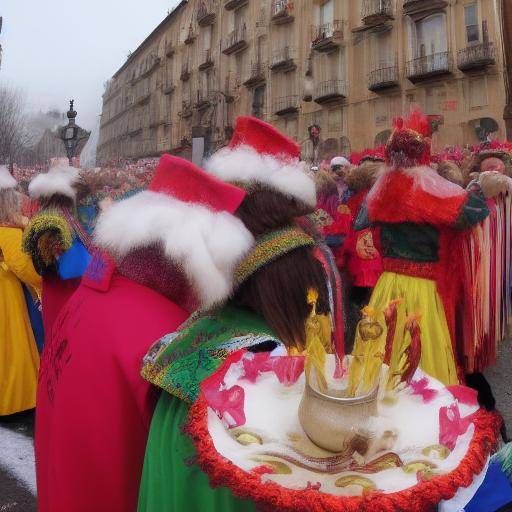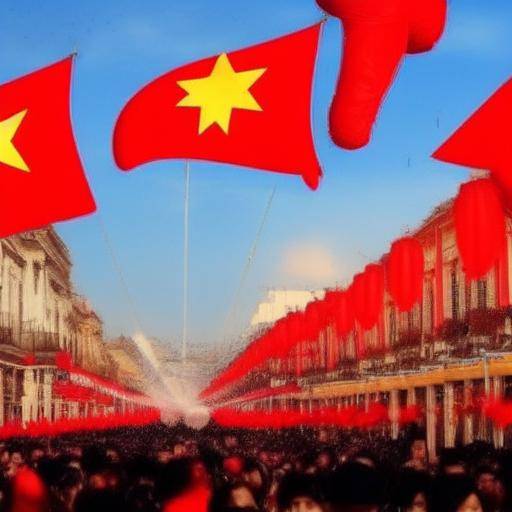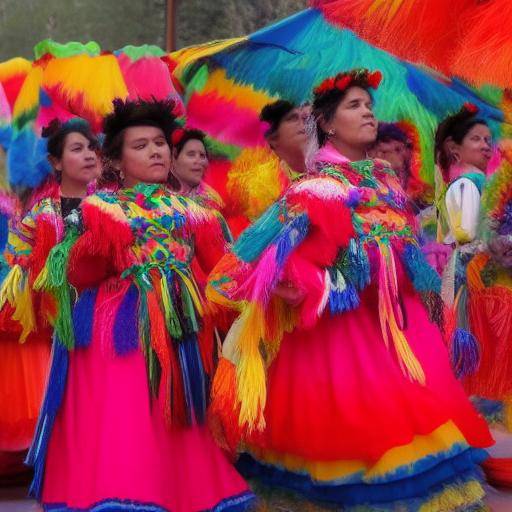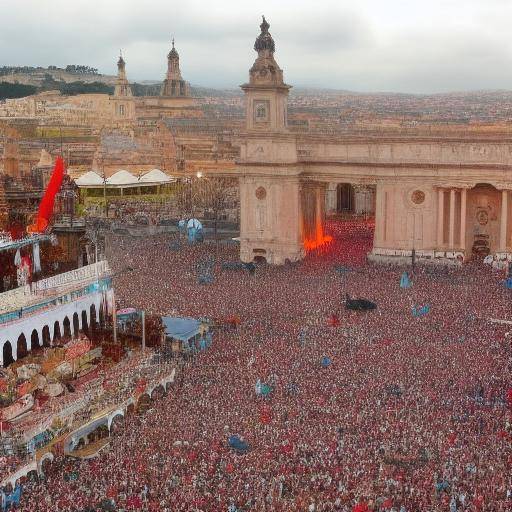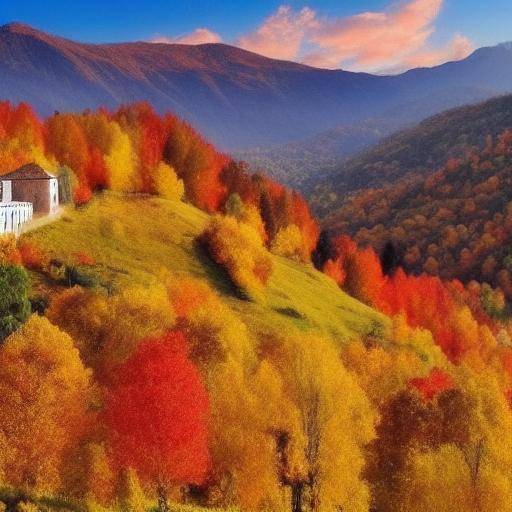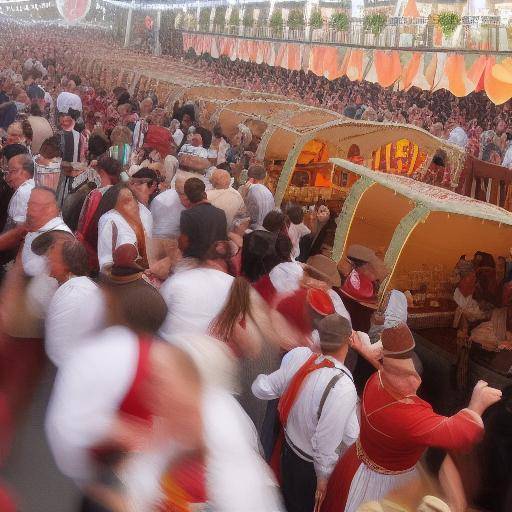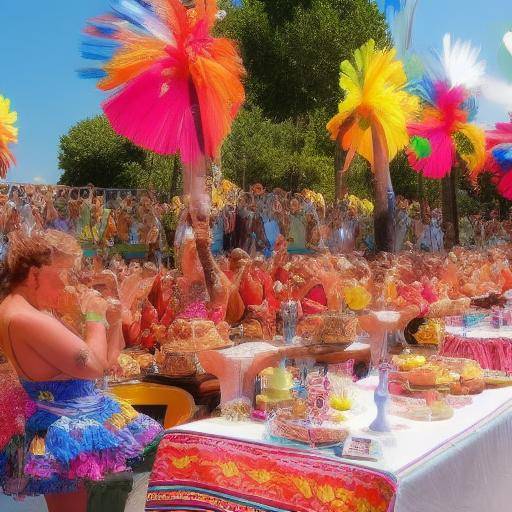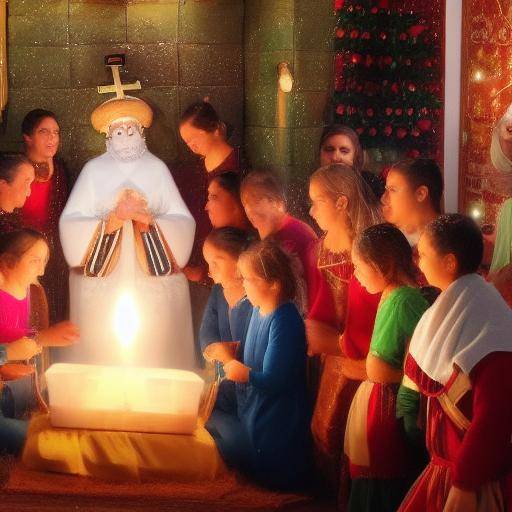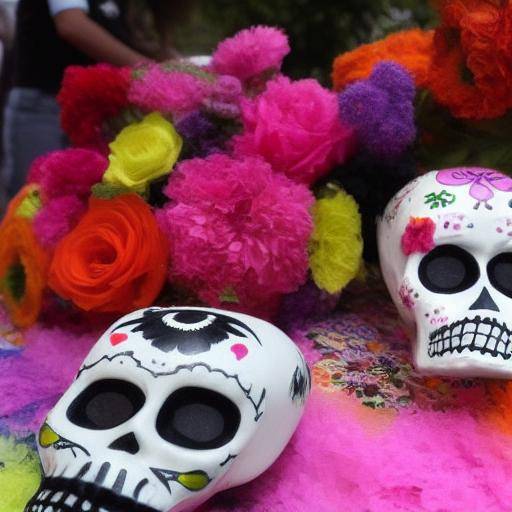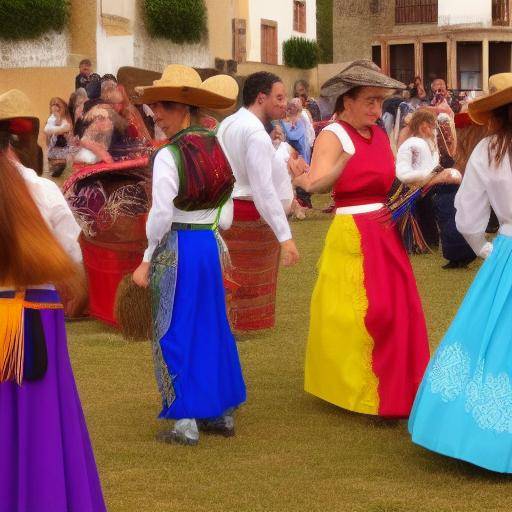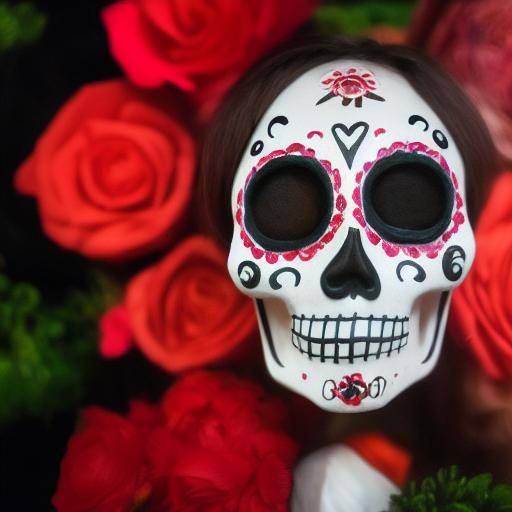
The Day of the Dead is a deeply rooted celebration in Mexican culture that unites traditions, rituals and a unique perspective on death. In this article, we will explore the rich history, exciting accounts of terror and the entrenched traditions surrounding this festival. Immerse yourself in the eternal legends and folklore that has left an imprint in the celebration of the day of the dead.
Introduction
The celebration of the Day of the Dead is one of the most outstanding and significant traditions in Mexican culture. With deep roots dating back to the pre-Columbian era, this unique holiday honors the deceased loved ones and celebrates the continuity of life. In addition, the day of the dead has inspired a wide range of horror stories that add an exciting and mysterious element to this festival.
In this article, you will enter history and traditions behind the day of the dead, exploring horror stories that have endured over time. In addition, you will discover the importance of the entrenched traditions that have resisted the proof of time and how the celebration of the day of the dead has intertwined with folklore and horror narratives in Mexican culture.
History and Background
The celebration of the Day of the Dead It has its roots in the ancient traditions of Mesoamerican peoples, such as Mexicas, Mayas, Purepechas and Totonacas. These peoples had elaborate rituals and ceremonies dedicated to their ancestors and to the reaffirmation of life after death. With the arrival of the Spanish conquerors, this festival was transformed and intertwined with Catholic traditions, giving rise to the celebration we know today.
During the _Day of the Dead_families gather to honor their deceased loved ones, decorating altars with food offerings, drinks, candles and flowers, especially the cempasúchil, known as the flower of the dead. This symbolic act is considered a way to facilitate the journey of souls back to the earthly world so that they can enjoy the delights offered to them.
Terror stories on the Day of the Dead
The Day of the Dead not only is it permeated with traditions and celebration, but it has also led to a wide range of horror stories that have captivated generations. From legends of mysterious appearances to narratives of wandering spirits, these stories have been transmitted orally, becoming iconic elements of the Mexican folklore.
One of the most famous stories is that of "La Llorona", the spirit of a woman who cries out in search of her children. It is reported that her regret is heard in the nights of the day of the dead, warning those who hear her about the proximity of death. These horror stories intertwine with the celebration, adding a touch of mystery and emotion to the festival.
Ingrained traditions
The traditions rooted around Day of the Dead They reflect the profound connection of Mexican culture with the death and continuity of life. From the preparation of typical dishes, such as the dead bread, to the creation of colorful altars, these practices reflect a deep respect for the ancestors and a celebration of memory.
In addition, the elaborate iconography associated with the day of the dead, including skulls, masks of free struggle and representations of death, reflects a unique attitude towards death. These rooted traditions have become recognizable symbols of the festive, transcending Mexico's borders and attracting the attention of people around the world.
Final comments
The Day of the Dead is much more than just a celebration; it is a unique cultural manifestation that unites traditions, horror stories and a deeply rooted perspective on death. Over the centuries, this festival has resisted the passage of time, becoming a fundamental pillar of Mexican identity and a reflection of its rich history and folklore.
In exploring history, horror stories and traditions surrounding the day of the dead, it is possible to appreciate the depth and wealth of this celebration. Whether through the mysterious stories transmitted from generation to generation or through the colorful offerings that honor the ancestors, the day of the dead is a unique expression of connection to the past and celebration of life.
As a testament to Mexico's cultural wealth, the day of the dead continues to inspire and fascinate those who explore their traditions, mysterious accounts and deep connection to death. This holiday is a reminder that, despite the inevitability of death, the memory of our loved ones endures and life continues in an eternal celebration of memory.
Frequently asked questions
What is the meaning of the dead bread at the celebration of the day of the dead?
The dead bread is a central piece in the celebration of the day of the dead. Its circular shape and ornaments simulate bones and skulls, representing the connection between life and death. The dead bread is placed as an offering on the altars to honor the deceased loved ones.
What is the story behind the cempasúchil flower on the day of the dead?
The flower of cempasúchil, also known as the flower of the dead, has a long history in Mexican culture. It is believed that its smell helps guide the souls of the deceased back to their homes during the celebration of the day of the dead.
What role do the skulls play in celebrating the day of the dead?
The skulls, whether in the form of sweets, masks or artistic representations, are an iconic element in the celebration of the day of the dead. It is considered to represent the continuity of life and the connection between the living and the deceased.
Why are there reports of terror during the day of the dead?
The accounts of terror during the day of the dead have their roots in oral tradition and folklore. It is considered that these stories serve as a way of remembering the deceased and keeping alive the memory of those who have gone beyond.
What is the meaning of the altars in the celebration of the day of the dead?
The altars are an integral part of the celebration of the day of the dead, as they serve as spaces to honor and remember the deceased loved ones. The offerings placed on the altars, such as food, drinks and personal objects, are considered as gifts for the deceased.
How is the day of the dead in different regions of Mexico celebrated?
The celebration of the day of the dead can vary in different regions of Mexico, with unique traditions and practices that reflect the country's cultural diversity. From elaborate parades to traditional rituals, each region brings its own nuance to this significant holiday.
With these answers, we hope to have clarified some common questions about the celebration of the day of the dead, their traditions, horror stories and their profound meanings.
In conclusion, Day of the Dead It is a unique and deeply rooted celebration that merges accounts of terror, rich traditions and a unique perspective on life and death. Through its folklore, traditions and narratives, this festival continues to resonate as a symbol of Mexico's rich cultural heritage.


